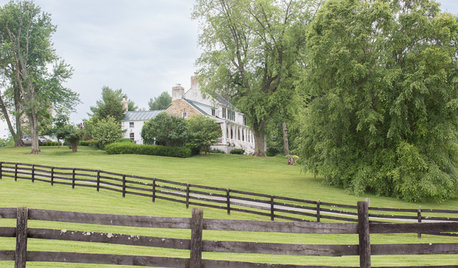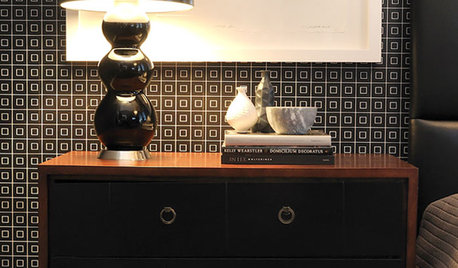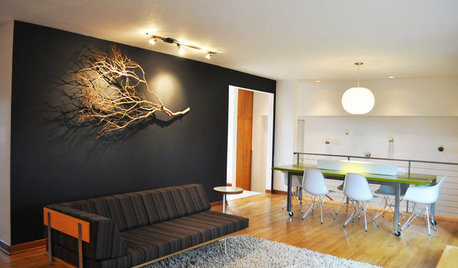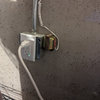No ground on my chandelier
gnieche
13 years ago
Featured Answer
Comments (9)
brickeyee
13 years agognieche
13 years agoRelated Professionals
The Crossings General Contractors · Murraysville General Contractors · Bay City General Contractors · Dover General Contractors · Norman General Contractors · Parkville General Contractors · Schertz General Contractors · University City General Contractors · Waianae General Contractors · Carpinteria Solar Energy Systems · Greenwich Solar Energy Systems · Melrose Home Automation & Home Media · San Pablo Home Automation & Home Media · Sarasota Home Automation & Home Media · Springville Home Automation & Home Mediabrickeyee
13 years agoDavidR
13 years agobrickeyee
13 years agomoltigattineri
10 years agoRon Natalie
10 years agomoltigattineri
10 years ago
Related Stories

MY HOUZZMy Houzz: Farmhouse Style in a Virginia Bed-and-Breakfast
A country home includes gorgeous grounds, whimsical spaces, a barn as a wedding venue and chandeliers throughout
Full Story
DECORATING GUIDESQuick Update: Beautiful Black Lampshades
Add instant chic or grounding color with a black shade on table lamp, pendant or chandelier
Full Story
BATHROOM DESIGNChandeliers for the Bathroom
Treat Yourself the Fanciest of LIghts Where You Least Expect It
Full Story
KITCHEN DESIGNKitchen of the Week: Classic Style for a Southern Belle
Marble counters, white finishes and even a pair of chandeliers give this South Carolina kitchen a timeless feel
Full Story
DECORATING GUIDESWeekend Project: 9 Ways to Branch Out Around the House
Natural pieces can change the feeling of a room, whether you use them to hang pots or to serve as chandeliers
Full Story
KITCHEN DESIGN12 Rustic Touches That Add Warmth to a Kitchen
Exposed beams, chandeliers, farm tables or just a key accessory or two can bring some coziness to the heart of your home
Full Story
COLORNature’s Color Wisdom: Lessons on Earth Tones From the Great Outdoors
Look to the land for hues that are grounding, soothing and endlessly versatile
Full Story
LIVING ROOMSNew This Week: 5 Great Transitional-Style Living Rooms
Find middle ground by blending the formal comfort of traditional style with the casual cool of contemporary
Full Story
DECORATING GUIDESSwoonworthy Rooms: Blissing Out in a Nantucket Bedroom
This island aerie is lighter than air but grounded in expert design touches
Full Story
PRODUCT PICKSGuest Picks: Gustavian Design
Part Swedish, part collected, this look for furniture, lighting and accessories is light, airy and grounded in history
Full Story









gniecheOriginal Author